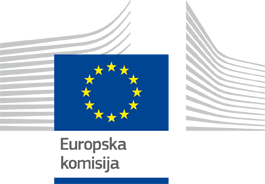The Raseiniai FLAG is situated in the western part of Lithuania, in the northwest of Kaunas county, 76km northwest of Kaunas city. The territory is carved by rivers, streams and valleys; the rivers Dubysa, Šešuvis, Šaltuona, Mituva flow through the FLAG area.

